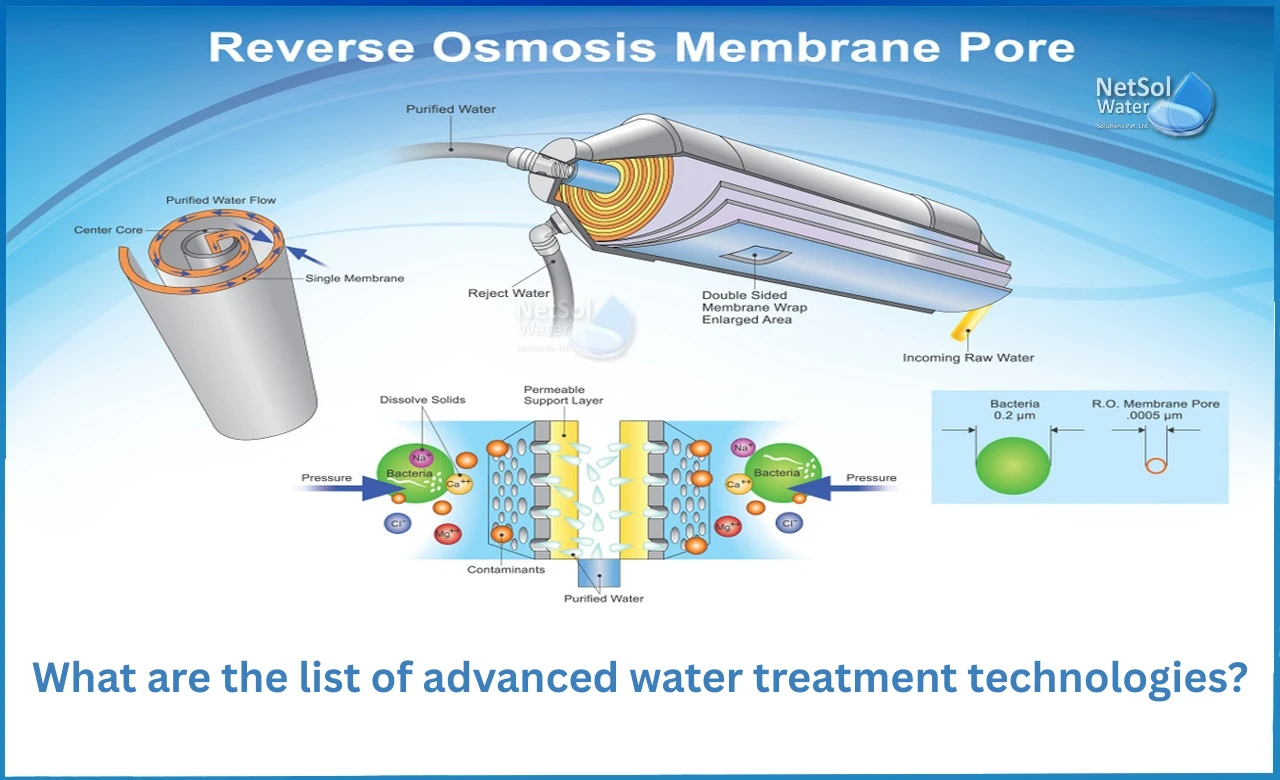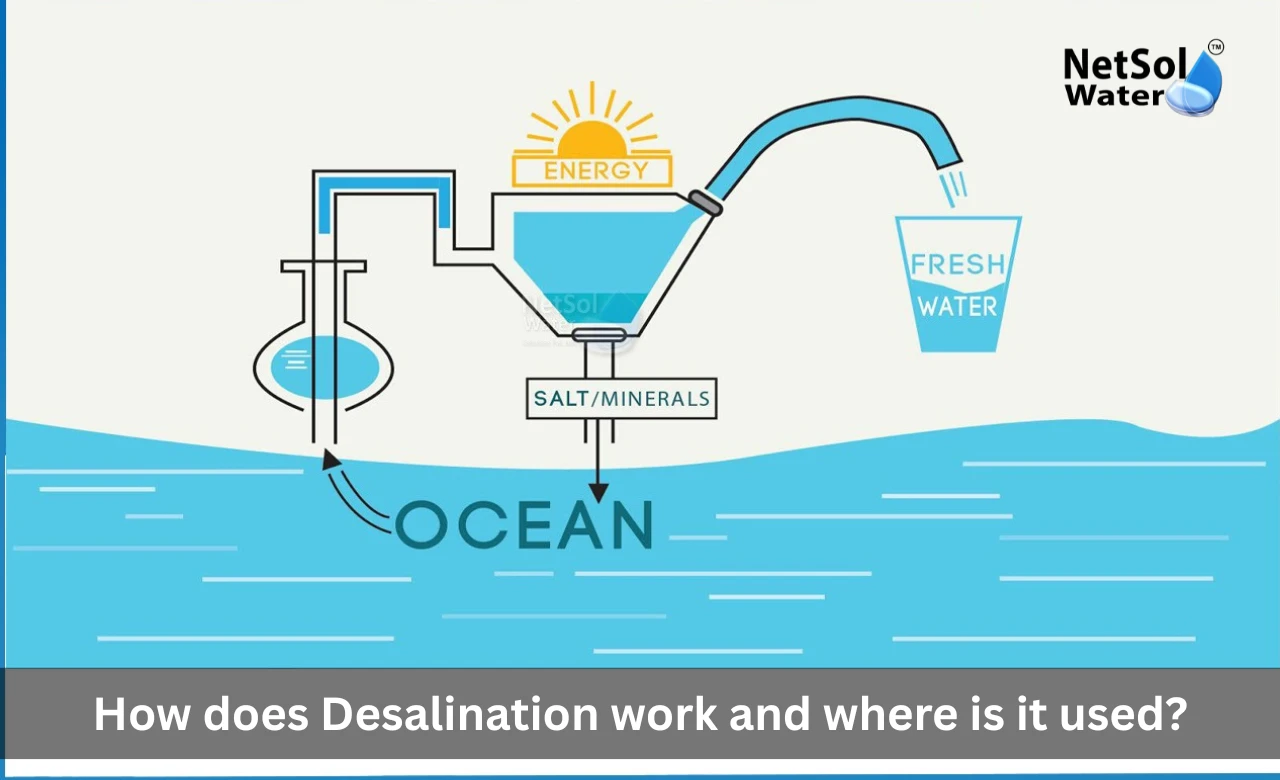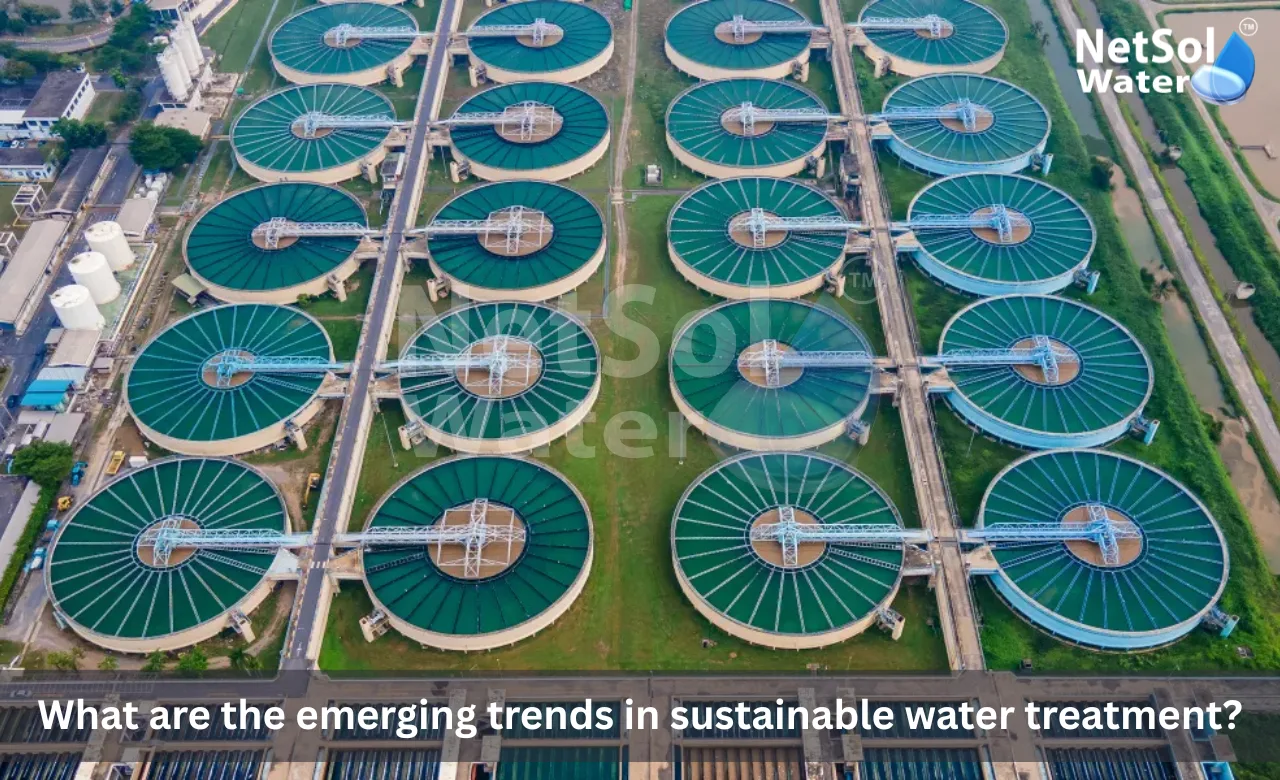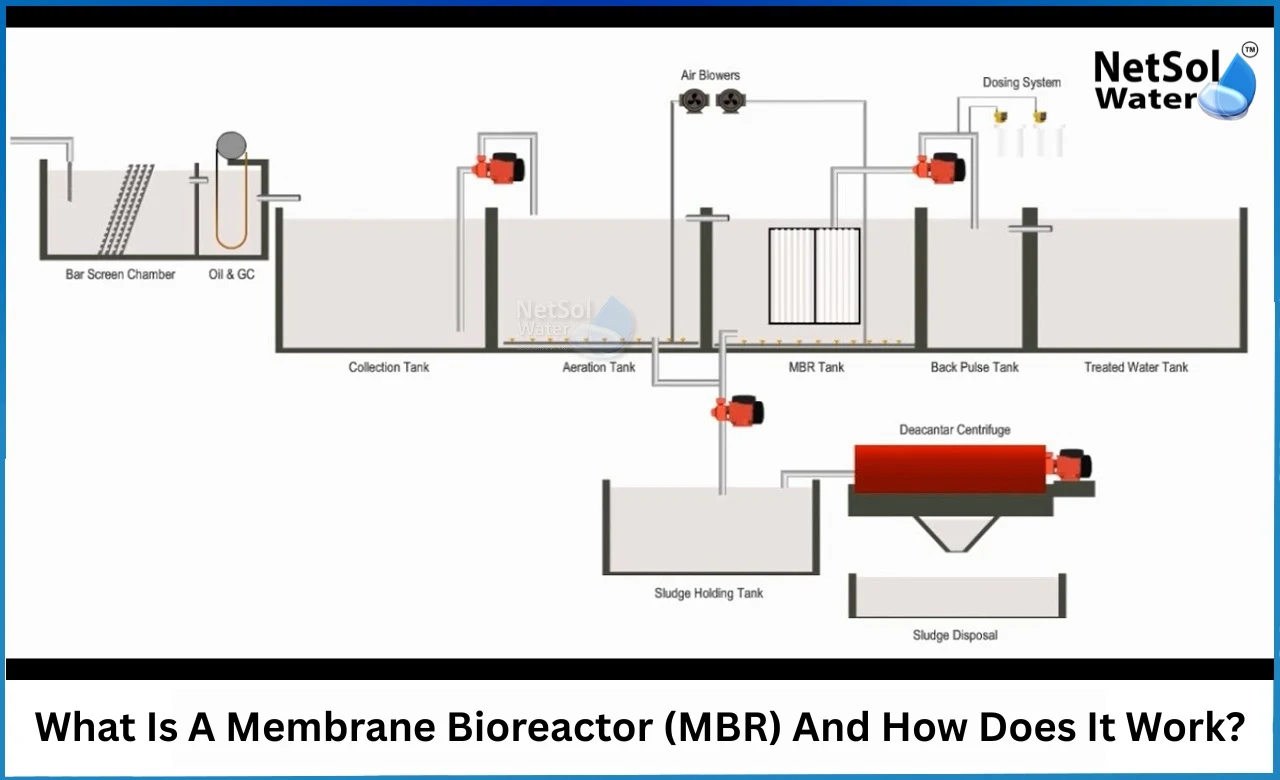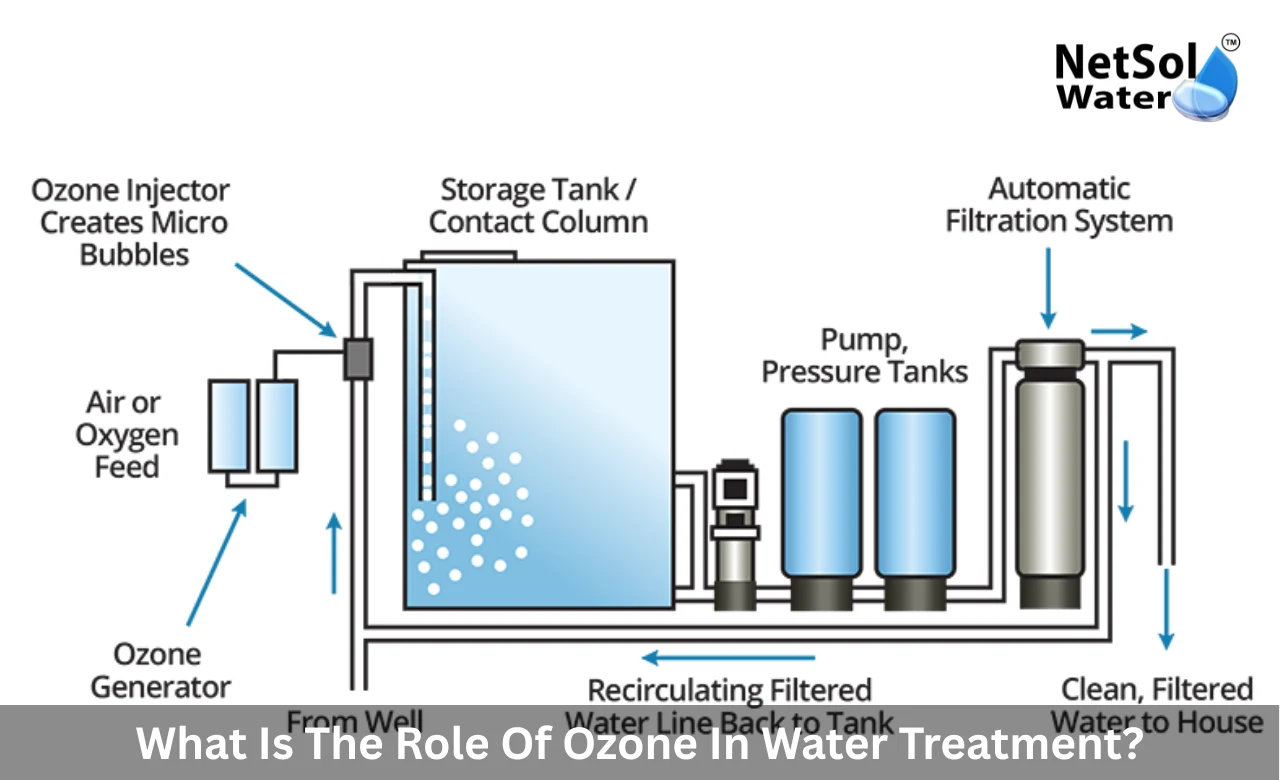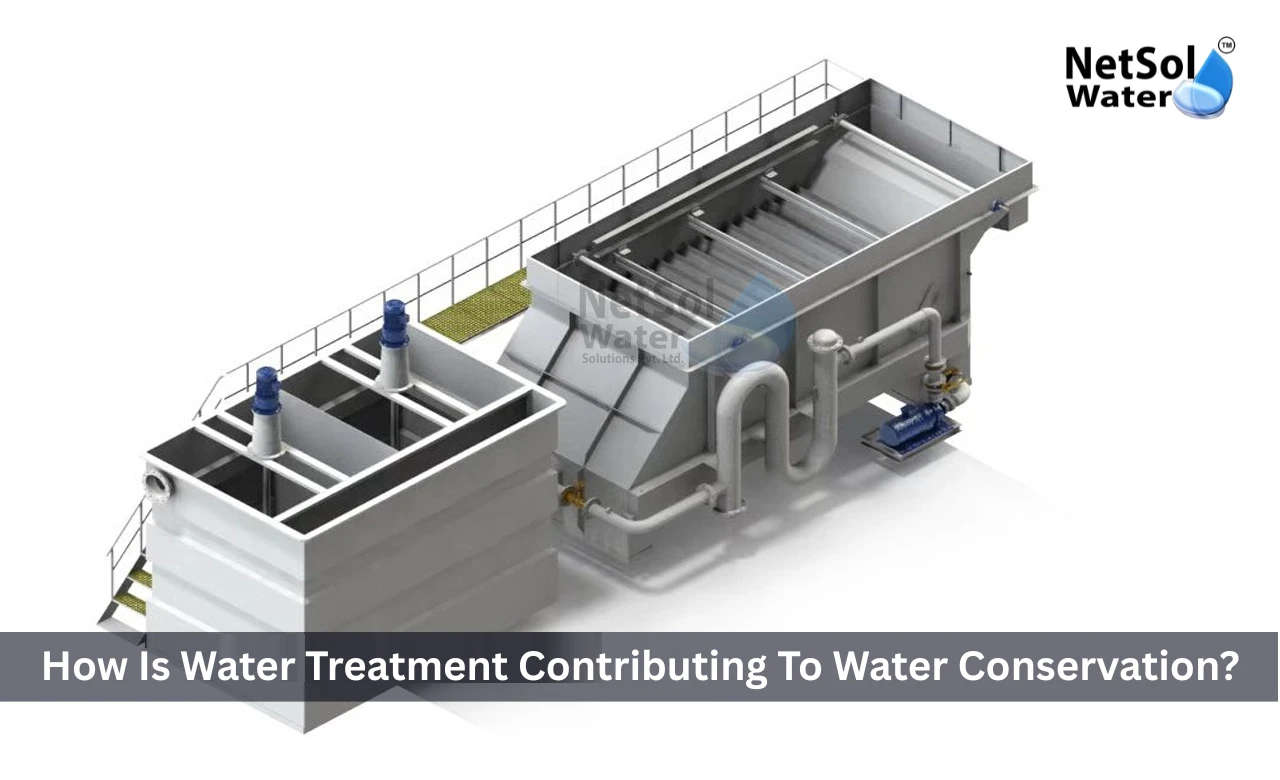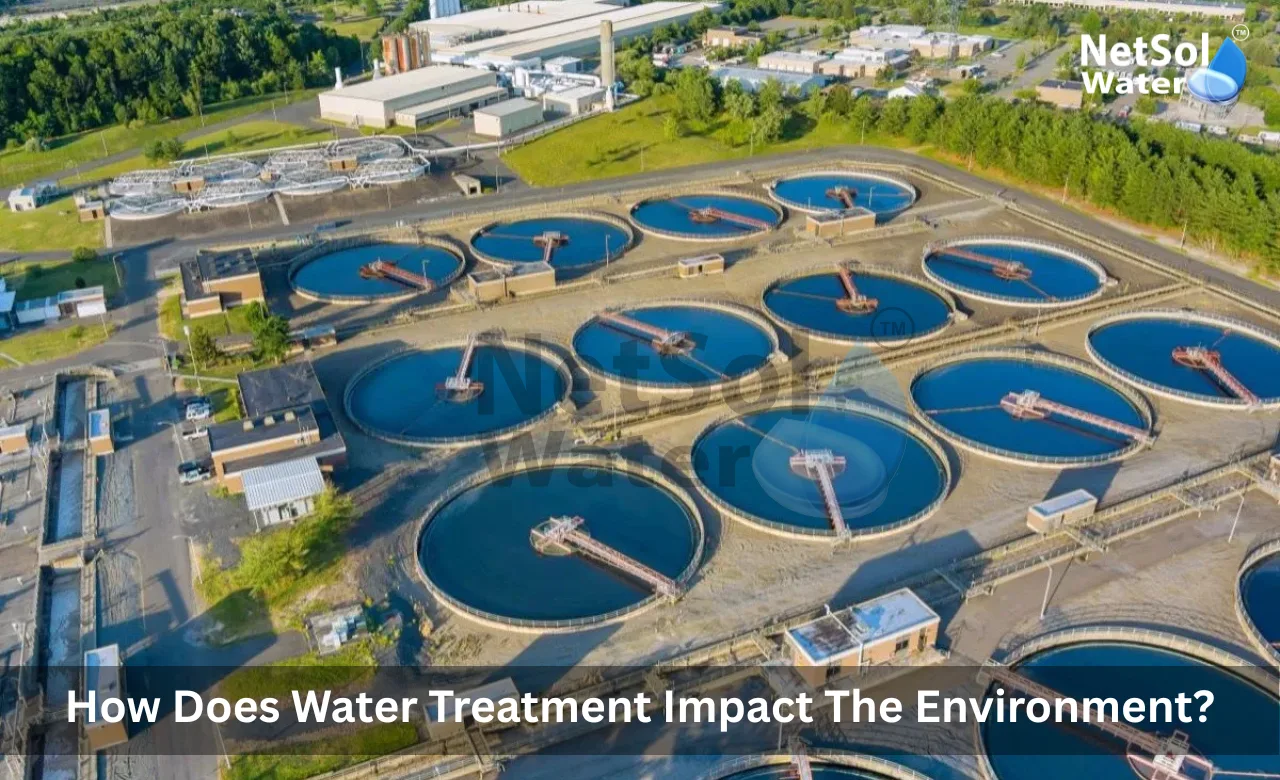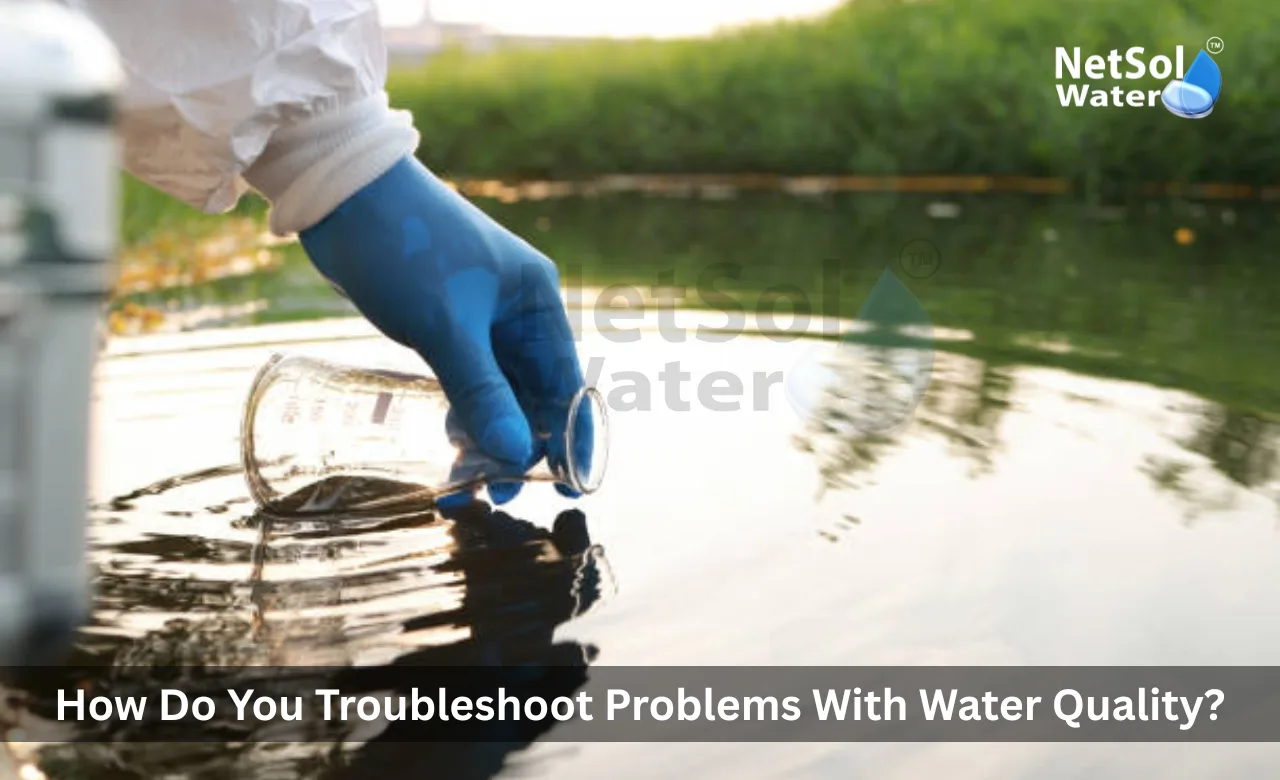What are the consequences of non-compliance with water regulations?
Water rules protect people and the land. Cities grow fast, and this growth makes managing water use and waste more urgent. When a Water Treatment Plant does not follow the rules the results reach many places. They affect homes, schools, and farms. They affect local businesses and city services. Netsol Water is the leading Water Treatment Plant Manufacturer and it works with clients to meet the rules and avoid harm.
Legal and Financial Penalties
Legal and financial penalties matter because they can end operations and drain budgets. Companies and councils depend on steady water services. They face lawsuits, fines, and loss of permits if they do not meet rules. Let us have a look on some main legal outcomes and how these hit finances and daily work.
Regulatory fines and loss of license
Many water laws set clear limits for discharge and for treatment processes. When a Water Treatment Plant breaks these limits regulators may issue fines. These fines grow larger if the breach lasts for a long time. A plant may also face orders to stop work until it fixes the problems. These steps halt revenue and raise repair costs. Firms also spend more on legal help and on monitoring to satisfy the regulator after a penalty. These added costs reduce profit and may harm future investment plans.
Civil suits and insurance impact
Affected communities and businesses can start civil cases for harm from poor water control. These suits can claim damages for lost income health costs and property harm. Even when a suit does not win the legal fees and the time spent to defend it weigh on managers. Insurance firms may raise premiums or refuse cover when a plant shows repeated rule breaks. A refusal to insure leaves projects at high risk. This chain of events can force owners to sell or to close a facility.
Long term business consequences
Beyond fines and suits a firm can lose contracts and trust. Buyers and partners avoid firms with poor compliance records. Banks may limit loans and investors may withdraw support. These steps reduce the ability to grow and to invest in new systems. A plant that must rebuild trust faces many years of slow recovery. This outcome shows why a Water Treatment Plant must keep clear records follow strong operating steps and plan upgrades in good time.
Environmental and Public Health Impact
Environmental and health impacts matter because they shape life for many people. Broken rules let pollution reach rivers farms and the ground. Polluted water harms fish, crops, and human health. Let us have a look on some key environmental harms and the public health risks that follow.
Water body damage and loss of biodiversity
Water that leaves a plant without full treatment carries solids chemicals and microbes. Rivers and lakes that receive this water change fast. Fish die and plants fail to grow. This damage reduces the numbers of species in the area. Local fishers and farmers lose a source of income and food. Restoring a river takes long time and costs a lot. Cleanup work may demand new treatment steps and new wetland projects. These efforts add to the cost of fixing the original failure to follow the rules.
Human health and community harm
When a Water Treatment Plant fails to remove harmful germs and chemicals local people face real health risks. People can get stomach infections skin problems and other serious illnesses from bad water. Children and older adults face extra risk. When illness spreads the local clinic and hospitals face more demand and local workers lose days of work. This outcome reduces household income and puts pressure on public health services. The ripple effects reach schools and shops and they can change the life of the whole town.
Soil food and long term use
Polluted water does not stay in one place. It enters the soil and the food chain. Crops that use bad water pick up salts and chemicals. These changes lower crop quality and crop yield. Farmers then must pay for better water or move to other lands. The cost of poor compliance thus grows with time. It affects food prices and the long run health of the local land.
Read some interesting information for Sewage Treatment Plant Manufacturers
Conclusion
Non compliance brings legal risk financial loss and long term harm to people and land. A Water Treatment Plant that meets rules protects health, the land, and the business. Netsol Water is the leading Water Treatment Plant Manufacturer and it can help companies plan systems and follow the rules. If you want to lower risk protect your workers and serve your community get in touch for more information or request a consultation today.
Contact Netsol Water at:
Phone: +91-9650608473
Email: enquiry@netsolwater.com


